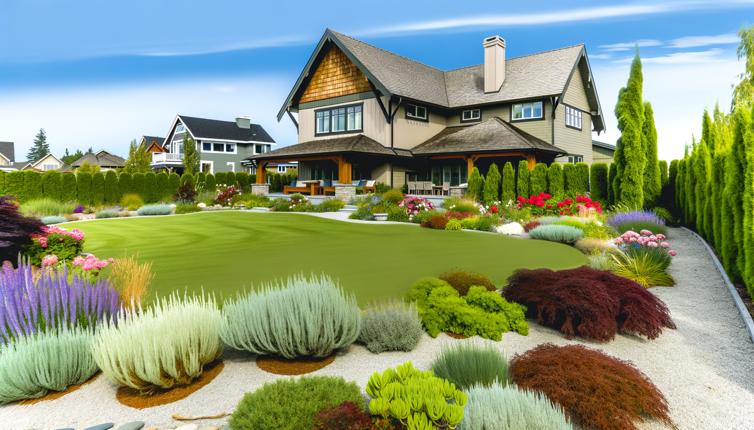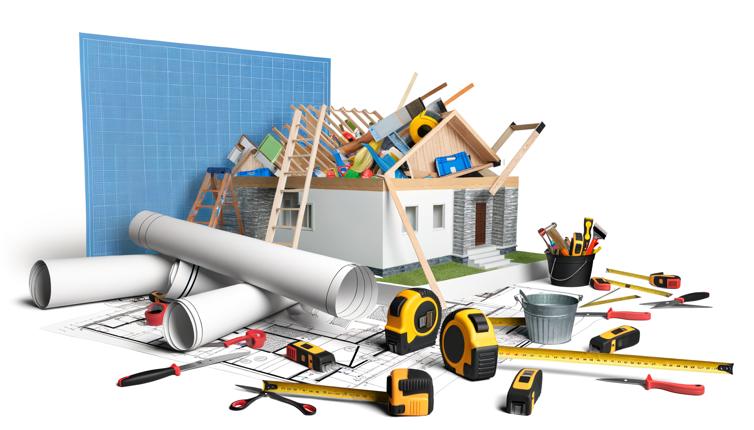Understanding Your Home's Style
Before you start designing your landscaping, it's important to understand the style of your home. Is it modern, traditional, or something else? Take a look at the architectural features, colors, and materials used in your home's construction. This will help you determine the overall aesthetic you should aim for in your landscaping design.
Choosing Plants and Materials
Once you have a clear idea of your home's style, you can start choosing plants and materials that complement it. For example, if you have a modern home, you may want to incorporate sleek, minimalist plants and hardscaping materials. On the other hand, if you have a traditional home, you might prefer more lush, classic plantings and natural stone materials.,Consider the color palette of your home as well. You want the colors of your plants and materials to harmonize with the colors used in your home's exterior. This will help create a cohesive look that ties everything together.
Creating a Layout
After you've chosen your plants and materials, it's time to create a layout for your landscaping design. Think about how you want to use your outdoor space and what features you want to incorporate. Do you want a patio for entertaining? A vegetable garden? A water feature?,Consider the scale and proportions of your home and yard. Make sure that your landscaping design complements the size and shape of your space. It should feel balanced and well-proportioned.,You may also want to consider the maintenance requirements of your landscaping design. Choose plants and materials that are well-suited to your climate and that you'll be able to take care of.
Conclusion
Creating a landscaping design that complements your home's style is a great way to enhance its curb appeal and create a cohesive look. By understanding your home's style, choosing the right plants and materials, and creating a well-thought-out layout, you can create a beautiful outdoor space that enhances your home's overall aesthetic.









